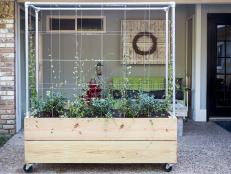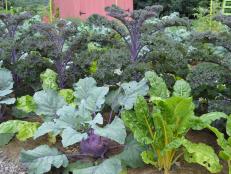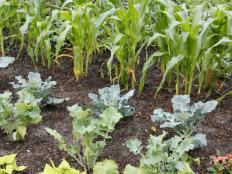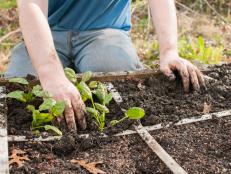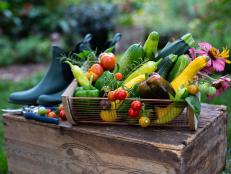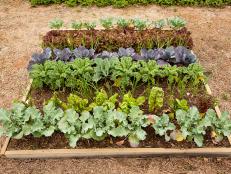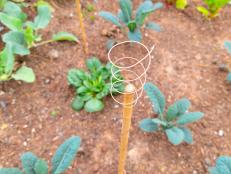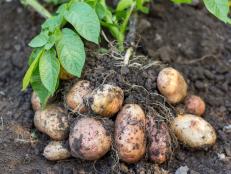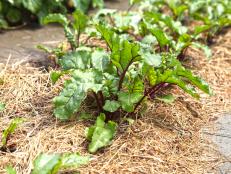Sky’s the Limit: Trellis Your Veggies
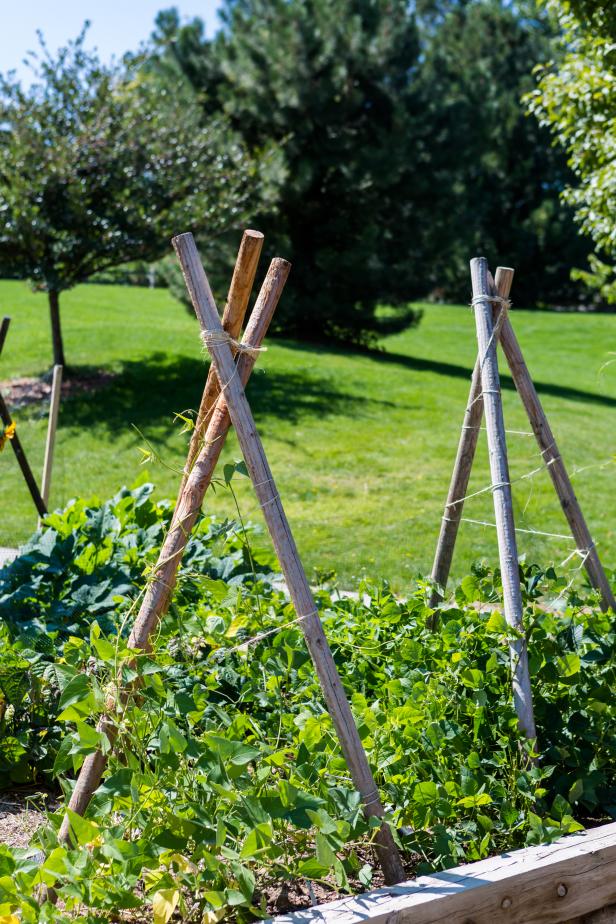
Shutterstock/Arina P Habich
Q: I have a very small garden and think that trellises might be a great way to grow more vegetables like cucumbers and beans in a small space. But I have no idea how to plot out trellises or what crops grow best on them. Can you help?
ANSWER:
Yes! Trellises and other vertical support structures are a great way to maximize growing space in a small garden. When you can’t go sideways, go up! They have other wonderful benefits, too. They provide more exposure to sunlight and better air circulation around the plant, which can prevent disease later in the season. They also lift fruit up off of the ground where they are less likely to rot or be within easy reach of pests. The neatness a trellis provides also makes it a lot easier to find the fruit once it develops, rather than becoming lost in a sea of tangled vegetation.
Above and beyond that, I like trellises for the aesthetic appeal they provide. I use mine as visual anchors, positioning them at key spots that help lead the eye through the garden. For that reason I try to situate the most beautiful edible vines—‘Scarlet Runner’ beans, colorful peas and melons with beautiful foliage—in the foreground where they will be seen.
Anything that grows as a vertical vine is a good candidate for trellising. Cucumbers, melons, peas and climbing beans have already been mentioned. Vining squash plants are also excellent candidates, although heavy fruit, especially pumpkins, will require some kind of sling to help bear their weight. Kiwi fruit, vining tomatoes, hops, Malabar spinach and a few other lesser-known oddities are also worth growing in this manner.
While you can build hard-core, permanent support structures for the garden, I think it’s worth trying your hand with a few easily-built, temporary trellises that only last a year. I prefer these as they allow you to try something new next season. Most take no longer than an hour to set up and you can be as slapdash or as fanciful with them as you like.
The following are a few of my favorites:
The Pyramid
This is the most basic structure and one of the sturdiest. Three or more stakes (I prefer bamboo) are set into the ground on an angle in a triangle, diamond or circular pattern all leaning towards each other in the center. Secure with heavy twine.
The Rustic Obelisk
This is my favorite for climbing peas and beans as its rustic charm creates a really nice focal point in the garden, even when the plants are small. Construct a tripod shape as above using multiple tree branches. Weave long, thin branches in and out around the lower portion (called wattling). It looks great and it also creates stability as well as horizontal supports that the young plants can reach for. You can do another portion in the middle and again at the top for added interest and support.
The A-Frame
Push two thick stakes into the ground at an angle so that they meet and cross at the top. Lash together using wire or heavy cording. Repeat a few feet away. Set a horizontal railing between the two cross bars at the top of the trellis and lash together. Add more vertical crosspieces to support the center if you are making a very wide trellis. Cover the entire thing in netting if you are using it to grow cucumbers or squashes. Their little tendrils will eagerly grab onto the thin netting.
Trellising Tip: Pound all stakes as deeply into the ground as you can for extra stability. What seems sturdy now might not be once it is bearing the weight of heavy fruit and foliage against strong late-season winds.
Gayla Trail, the creator of YouGrowGirl.com answers frequently-asked questions and offers gardening advice.






